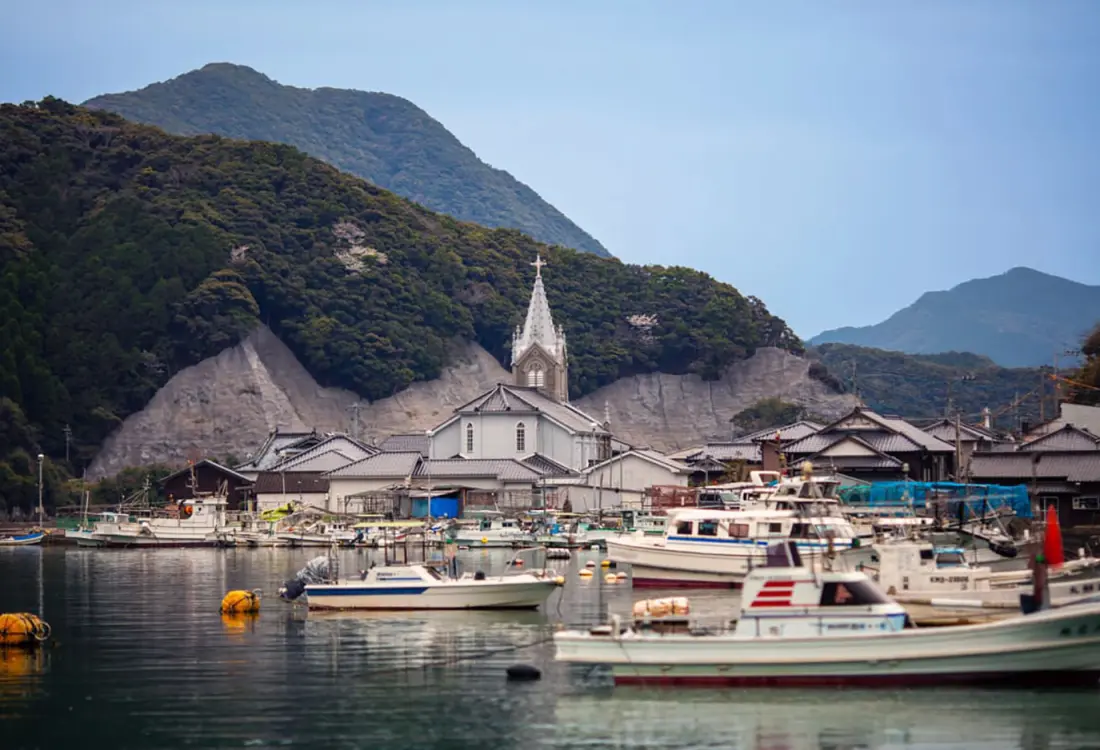
Amakusa
Enjoy The Relaxing Nature Ana Intriguing History Of Unesco World Heritage Amakusa
Off the coast of Kumamoto lies a group of 120 islands, which are intriguingly referred to as “islands of prayers”. The archipelago, collectively known as Amakusa, owes its physical charm to endless greenery, picturesque seaside villages, small islands scattered around a busy bay, home to hundreds of dolphins, and imposing mountain scenery. This is all against the backdrop of a captivating history linked to Japan`s early encounters with western culture.
Amakusa was one of the first ports in Japan to greet the Portuguese ships that sailed to Japan in the 16th century. The merchant ships, along with commodities, brought the western culture and introduced the island to Christianity. In 1589, Amakusa became home to one of the first Catholic seminaries opened in Japan and the number of Amakusa locals who adopted Christianity grew rapidly in a few short decades.
Things took a radically different turn when the Edo Shogunate imposed nationwide policies banning Christianity in 1612. This turned Amakusa - with its isolated nature, hidden coves, and already well-established Christian culture - into a sanctuary for Christians from all over Japan forced to practice their religion in secret for more than two centuries.
The island, along with the nearby Shimabara, had also witnessed Japan's largest civil conflict - the Amakusa-Shimabara Rebellion - in 1637-1638 when the villagers who were no longer able to cope with the backbreaking tax policies of the ruling clan and the Christians living in the fear of persecution revolted against the shogunate under the leadership of an unlikely 16-years old hero, Amakusa Shiro, a native of Amakusa.
In 2018, the island's fascinating history received global attention when Sakitsu Village, located on the west coast of the island, was added to the UNESCO World Heritage List as one of the twelve components of the “ Hidden Christian Sites in the Nagasaki Region”.
I came to Amakusa intrigued by its history, but left the island with an equally deep appreciation of its unique nature, and more importantly, of its people who today still foster the hospitality that once greeted the foreign sailors who arrived at its harbors centuries ago.
Once completely isolated, Amakusa can today easily be reached by land – thanks to five bridges connecting the island to mainland Kyushu – sea, and direct flights. Yet nothing beats the atmospheric ride on the A-Train run by JR Kyushu connecting Kumamoto to Misumi. The whole experience is designed to evoke the nostalgia of the old days and to pay tribute to the Southern European culture of the 15th to 18th centuries and the spirit of the Age of Exploration.

The train, which is painted with an eloquent mixture of black and gold colors, features an old wooden interior colored by stained glass windows, which salute the island's Christian roots.

While Southern European themes dominate the design, the train borrows its name from a famous jazz tune that originated in America. “Take the A-Train” - the signature jazz tune of the Duke Ellington Orchestra - plays during the trip while the guests enjoy a highball made with the local dekopon, a type of citrus fruit.
This is a short 40-minute train ride that ends at the equally atmospheric Misumi train station and serves as a prelude to the overall atmosphere that the visitors are about to experience in Amakusa.
My first stop in Amakusa was Kami-Amakusa, one of the main towns on the island, also home to one of the most rewarding Olle hiking trails in Kyushu - Amakusa Matsushima Course.

The trail is designated as one of 3 courses in Amakusa offering an “ Olle trekking” experience. The concept, which originated in South Korea, encourages the trekkers to explore the regions, through carefully designed trails, at a leisurely pace while introducing a variety of landscape sceneries, cultural sites, and opportunities to interact with locals.
I explored the 11-kilometers trail in the company of Yoshinaga-san, a local guide, and Moriuchi-san, both Amakusa locals, whose contagious enthusiasm about their native land and eagerness to share it with visitors was as rewarding to experience as the trail itself.
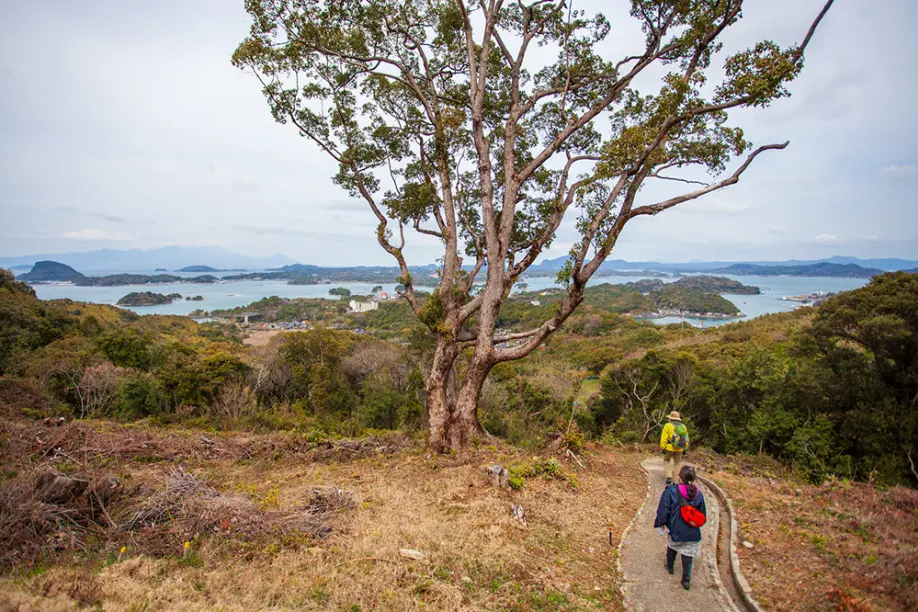
The trail begins at Chiju Kannon Buddha, commonly visited by mothers looking for a cure to stop the drooling of their babies, and took us through rural villages, vast rice paddies where the villagers were already beginning the early harvest season, and lush forests that gently led to the observatory on top of Mount Sengan.

Mount Sengan offers uninterrupted views of the surrounding bay, the small islands and the five bridges of Amakusa. From up here you can truly grasp the sheer scale of the coastal and mountainous landscape surrounding the archipelago.
This might be the reason why Amakusa Shiro, the leader of Amakusa-Shimabara Rebellion, chose this exact venue to hold a banquet with the villagers who joined the revolt. Yoshina-san, with a deep appreciation for the young leader in his words, shared the sad story of Amakusa Shiro and his tragic demise at the hands of the ruling clan following the suppression of the rebellion.
No hiking in Japan feels complete without an onsen stop, and Amakusa-Matsushima Olle Trail was no exception. Our 5-hour hike ended at the Ryu-no-Ashiyu foot bath, with its dragon motif, where we said our goodbyes while soaking our feet in the soothing water and watching the small boats making their way into the calm harbor of Kami-Amakusa.
My next stop was Gosoku-no-Kutsu Onsen located on the western coast of the island where I would be spending the night. Gosoku-no-Kutsu is not merely an accommodation but an experience of its own which aims to allow the guests to experience the nature of the island while connecting with its history.

The vast grounds of the ryokan are dominated by trees that guard the stylish yet unassuming architecture. Gosoku-no-Kutsu is a place where Japanese hospitality, onsen culture, and exquisite cuisine is blended with the western architecture and colored by oriental touches brought by - if I may say so myself as one hailing from Turkey - gorgeous Turkish carpets.


This fusion is not by coincidence. The owner of the ryokan, Hirofumi Yamasaki, native of Amakusa, opened Gosoku-no-Kutsu after spending many years traveling around the world, an experience that made him further appreciate the unique role that Amakusa played in the introduction of foreign cultures to Japan. He wanted the ryokan to reflect the island's history without compromising on uniquely Japanese elements such as onsen and kaiseki style cuisine featuring seasonal Amakusa dishes.

Each one of the 15 private cottages scattered around the premises comes with a private outdoor onsen - rotenburo - surrounded by greenery and ocean views. It is a sight alluring enough to almost neglect the other amenities of the ryokan, which features a well-stocked library, a bar, and even a hiking trail leading to the ocean. I was once advised by an elderly Japanese man to not waste the opportunity of staying at a ryokan by making use of the onsen at least three times - right after check-in, after dining, and before leaving. He would have been very proud to know I took his advice to heart at Gosoku-no-Kutsu and even added a couple of additional sessions.


Dining is another experience in Gosoku-no-Kutsu that connects the guests to the island's past. The private breakfast and dining rooms line a dimly-lit corridor where the statue of the Virgin Mary greets the diners. The Christian chant-like music in the background makes one feel like they are walking to the altar inside a church and evokes the feeling of sorrow that was once experienced by the Hidden Christians of the island. This is another thoughtful and intentional touch by the owner, Hirofumi Yamasaki, who wanted the ryokan to convey not only the feeling of glory but also the despair that the island's residents had experienced for centuries.
Gosoku-no-Kutsu is conveniently located near one of the most rewarding cultural sites in Amakusa - Sakitsu Village. This picturesque fishing hamlet played a central role in the spread of Christianity in Japan following the introduction of the religion to the village by Portuguese priest Luis de Almeida in 1569.
The village had been home to thousands of Hidden Christians practicing their religion in secret for more than two centuries. In 1888, Sakitsu welcomed its long desired first proper church – Sakitsu Church - 15 years after the abolishment of the ban on Christianity.

The current church building that beautifully dominates the village scenery is a reconstruction from 1934. The gothic design is the work of Tetsukawa Yosuke, who was also responsible for the design of many of the churches located in the Goto Islands off the coast of Nagasaki Prefecture.
Nothing feels coincidental in Amakusa, and the current location of Sakitsu Church is no exception. The gothic-style structure occupies the garden of the former ruler of the village where the villagers were subject to the test of fumi-e, the infamous practice imposed by the authorities requiring villagers to step on a stone carving of Jesus Christ or the Virgin Mary and renounce Christianity in order to avoid the death penalty.
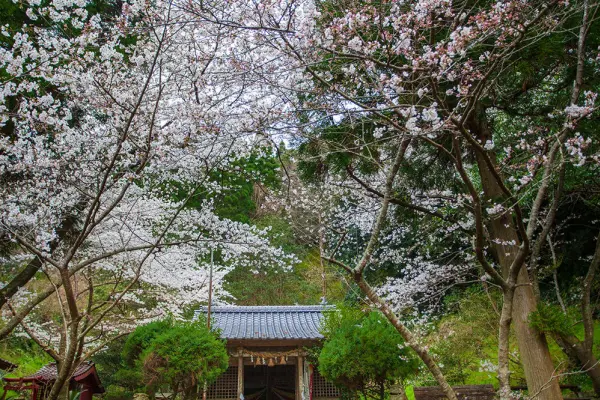

On the opposite end of the street that took me to Sakitsu Church lies the Sakitsu Suwa Shrine. Despite the rain, the shrine stood as a heartwarming site and it was not only because of the colorful sakura trees surrounding its modest torii gate. I once again felt the soothing effect of experiencing religious sites of different religions coexisting in respectful and peaceful harmony, especially after a long history where the failure to maintain co-existence led to such unthinkable tragedies.

A stroll through the narrow streets of Sakitsu which still carrying the aura of the old days is as rewarding as its many landmarks. The small family-owned confectioneries and eateries line the streets, with their owners always happy to welcome visitors, not only to share the beauty of their village but also to learn about other cultures. The flattering interest shown by Amakusa locals about my home country was a very welcome and deeply appreciated testament to the islanders' centuries-long commitment to always stay open to new cultures.

As I left Sakitsu, it was almost time for lunch and unfortunately time to leave Amakusa. L'Isola Terrace located in Kami-Amakusa stood out as the perfect choice to enjoy the relaxing coastal scenery of Amakusa one last time. The facility overlooks a beautiful marina and features a spacious and modern restaurant with sea views from each table, a beach bar, a bakery, and a large gift shop selling local products. The lunch plates come with a soup, salad, and hot item all made from local ingredients. L'isola Terrace was a wonderful place to spend a few relaxing hours before moving on to my next and final destination.
Imagine a town that is right out of a storybook where friendly locals spend their days fishing in an idyllic environment, surrounded by the sea and mountains, and where the fields are always full of nourishing fruits. That is Ashikita, which sits right across the bay from Amakusa.
The picturesque town is the inspiration behind the manga and anime series Diary Our Days at the Breakwater, which follows the story of the young schoolgirl Hina, who moves back to Ashikita from Tokyo and re-connects with the rural life with the help of her friends from the school's fishing club. 5 minutes into the series is sufficient to convince anyone to visit the real life location of this series, which certainly does not disappoint.
My main purpose for visiting Ashikita was to explore the town's footpath, which was deservedly designated as the best footpath in Japan by Japan Footpath Association.


I walked the 8-kilometers long trail with Sato-san, a local guide, and Luke from England working for the town office. It was a rainy day, but I was surrounded by exceptionally warm company.
The trail started on the beautiful Ashikita coastline, which, as Luke was quick to point out, becomes a hot beach spot as soon as Japan's rainy season ends in July.


The walk that took us through the coastline, citrus fields, forestry sections and gentle hills with the views of the surrounding islands ended at the campground by the sea where we were treated to a juicy slice of cutlass fish wrapped around bamboo.
I was greeted by locals at every corner, whose generosity was proven by the nearly 3 kilograms of the famous and delicious local produce, dekopon, that I was carrying at the end of the walk.
My brief time in Ashikita was a perfect ending to a trip that took me through hiking trails, quaint fishing villages, and exquisite onsen experiences in Amakusa, each warranting repeat visits.

Burcu Basar
Burcu Basar, originally from Istanbul, Turkey, is doing her PhD in Japan in an area that miraculously combines her profession—law—and her passion—national parks. She lives in Tokyo but can often be found in various national parks all over Japan.
 Enjoy The Relaxing Nature And Intriguing History Of Unesco World Heritage Amakusa
Enjoy The Relaxing Nature And Intriguing History Of Unesco World Heritage Amakusa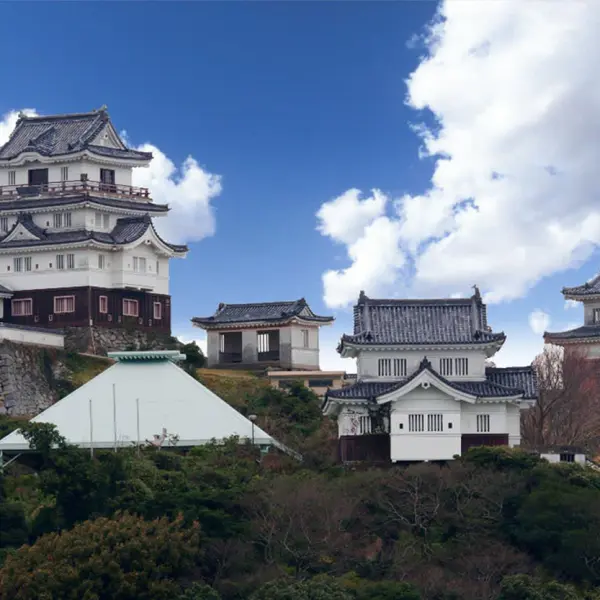 Hirado Castle Stay
Hirado Castle Stay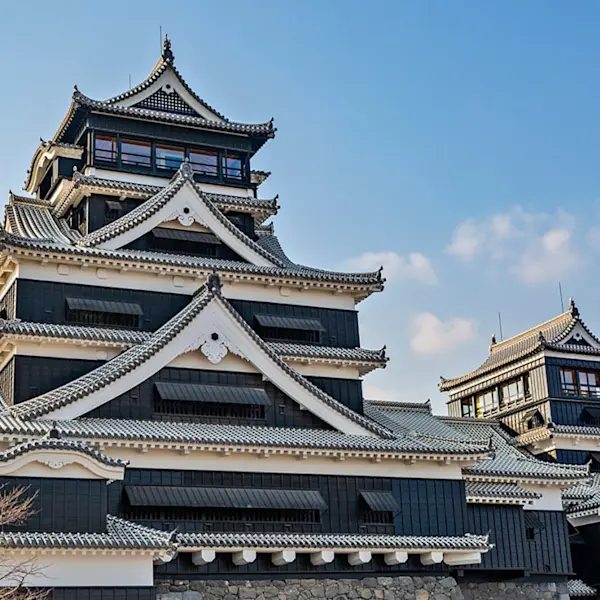 Kumamoto Castle: Exploring the History
Kumamoto Castle: Exploring the History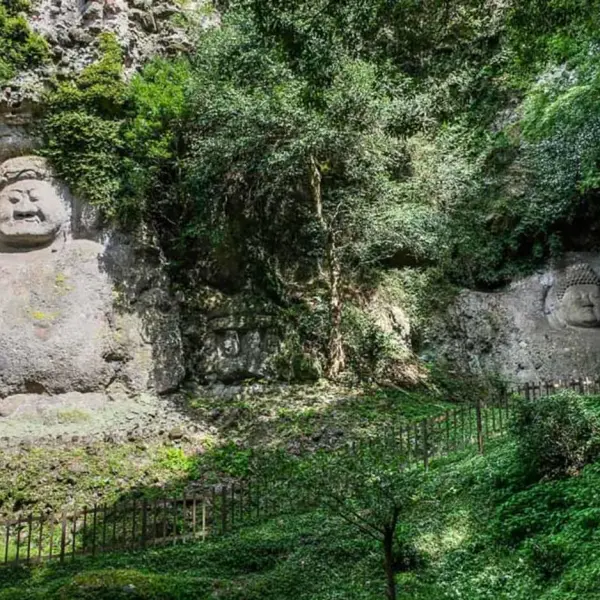 The Spiritual Trek of Kunisaki’s Rokugo Manzan Temples and Sites
The Spiritual Trek of Kunisaki’s Rokugo Manzan Temples and Sites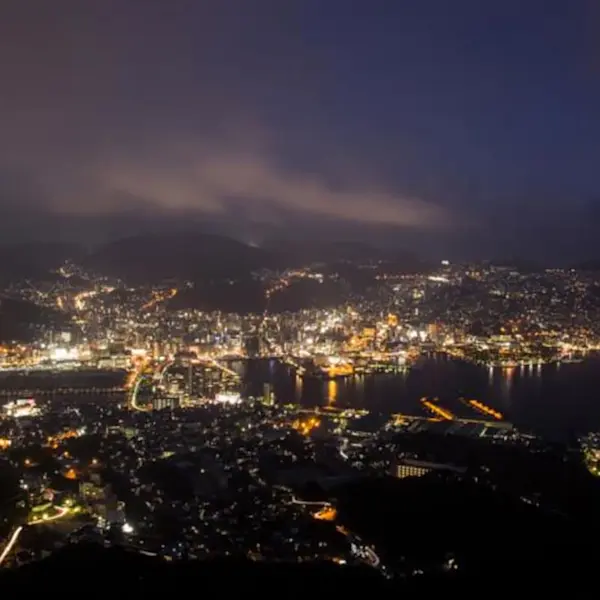 Trade, War and Religion: The Many Faces of Nagasaki City
Trade, War and Religion: The Many Faces of Nagasaki City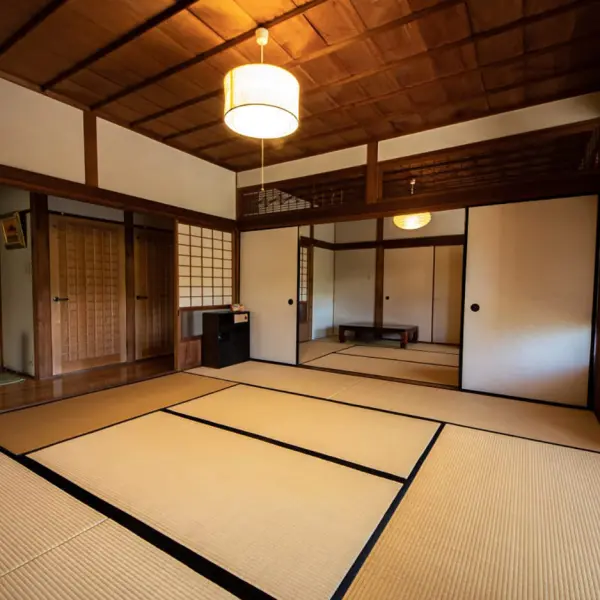 Exploring Obi Castle
Exploring Obi Castle Kitakyushu Highlights: Kokura Castle and Kawachi Wisteria Garden
Kitakyushu Highlights: Kokura Castle and Kawachi Wisteria Garden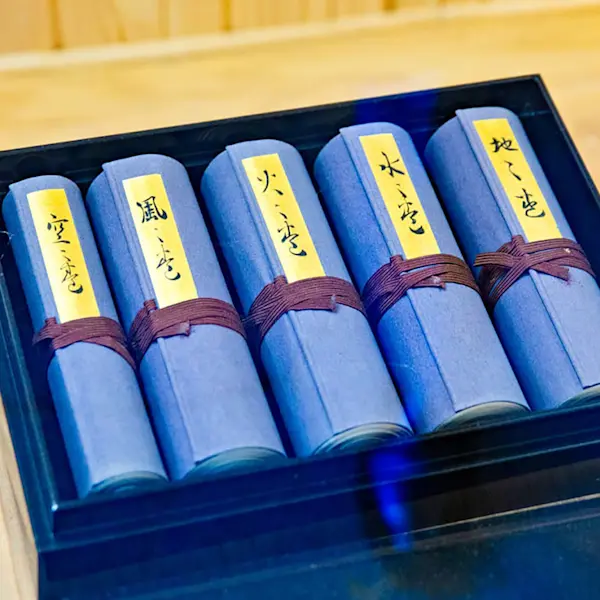 Musashi Miyamoto: Perhaps the Best Samurai Swordsman in Japan
Musashi Miyamoto: Perhaps the Best Samurai Swordsman in Japan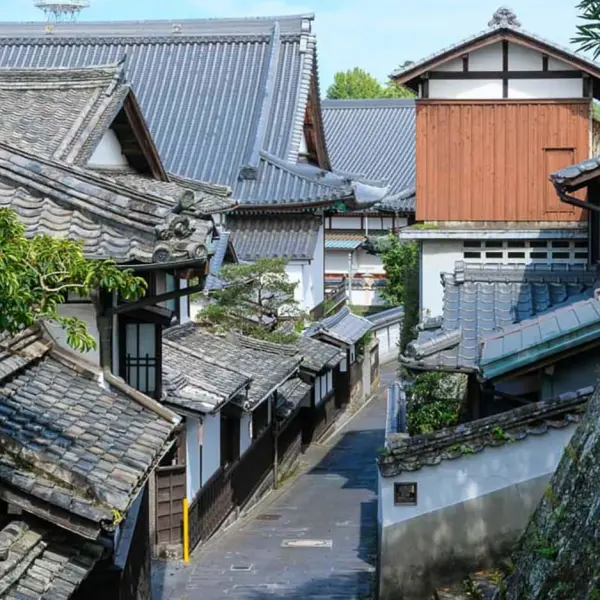 Usuki's Samurai District and Edo Period Castle Town
Usuki's Samurai District and Edo Period Castle Town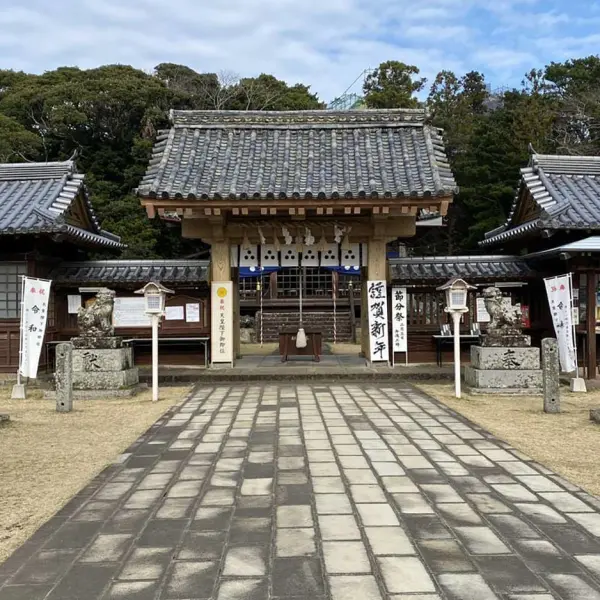 Hirado Matsuura Clan: Over 1,000 Years of History
Hirado Matsuura Clan: Over 1,000 Years of History




